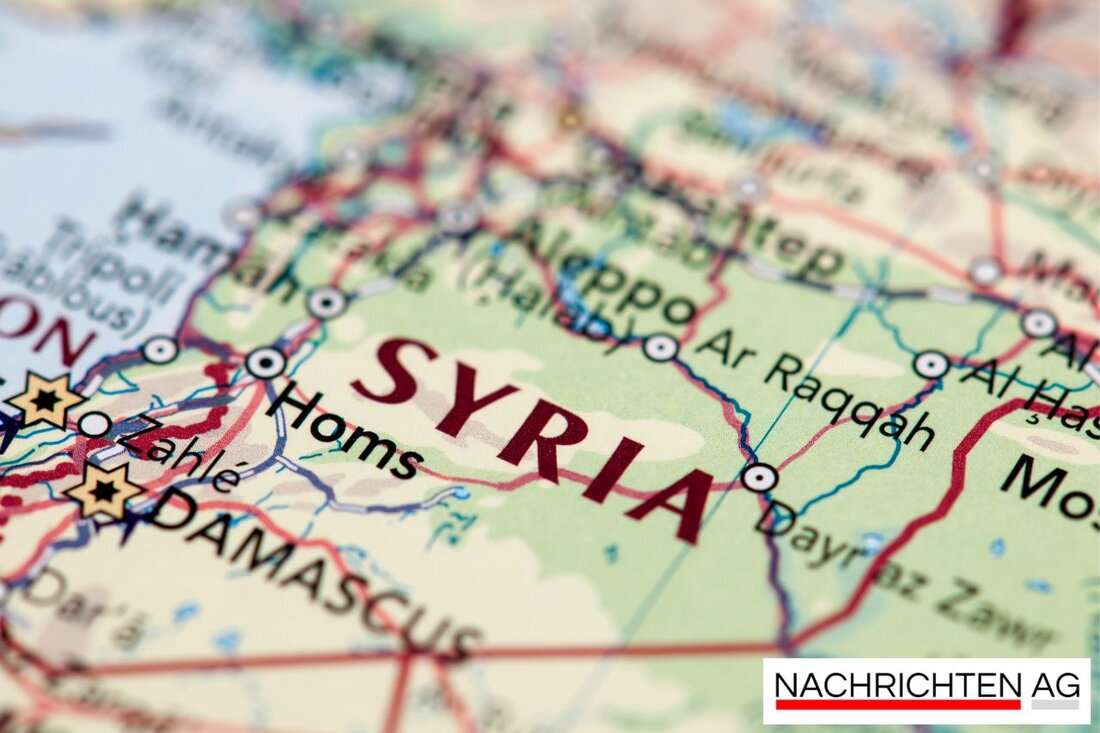Success stories of Syrians in Austria: from the refugee to the entrepreneur

Success stories of Syrians in Austria: from the refugee to the entrepreneur
Wiener Neustadt, Österreich - refugees have often found a second home in Austria, and their success stories must not be forgotten. A prime example is Reem Saijari, who had to flee from Syria at the age of 18, but proudly leads his own boutique today. Together with her husband, Ali Zaki Torki, who runs a successful hairdressing salon, she shows that integration can succeed. These two are only the tip of the iceberg, because the stories of immigrants shape our country.
Another remarkable personality is Fadi Saleh, a Syrian entrepreneur who came to Austria ten years ago before the war in Syria. In Vienna, he leads an “apple bakery” that produces up to 9,000 Arabic Pita bread every day and not only feeds his family, but also contributes to the culinary diversity of Austria. The refugee summer 2015 brought hundreds of thousands of Syrians, Afghans and Iraqi to Austria. While many moved on quickly, others remained, especially Syrians, and contributed to society. At the moment, 104,000 Syrians live in Austria, which makes them the eight -largest group of foreigners in the country. Afghans take eleventh place with almost 51,000 people, while almost 13,000 Iraqi are far behind, according to a report by Falter .
large number of origin and current numbers
The developments of the Syrian and Afghan population in Austria are impressive. In 2002 only 633 Syrians lived in the country. In 2022, this number rose to 68,358, a dramatic increase that shows how strong the influx is. The Afghans had an increase from 2,065 to 45.120 in the same period. This huge increase can also be seen in the context of gender distribution: around 64.1 % of Syrian nationals are men, while women are underrepresented at 35.9 %.
The age structure also points to a young audience, 61.6 % of Syrian citizens are under 30 years. However, integration into the labor market is a challenge. According to the Austrian Integration Fund, the unemployment rate is under terrifying 35.2 % Afghans are 20.6 %.
integration challenges and success
As the ÖIF research report on the labor market integration of refugees shows, the labor market integration of many refugees remains a major challenge. Around half of the refugees recognized in 2015 is available to the labor market. Nevertheless, there is a striking difference between the sexes: While men find more opportunities, one of five refugee women loses connection to the labor market after five to six years.
Interestingly, it can be seen that Syrians among the refugees remain most often in the country and that immigration numbers have remained stable over the years. Entry into the job market is an important indicator of integration, especially for women. According to the report of OTS it is most likely to manage to work into employment to enter.The successful integration of refugees shows that with commitment and the right framework conditions, new perspectives can also arise from apparently hopeless situations. These stories deserve to be told - they are part of our society and our lives in Austria.
| Details | |
|---|---|
| Ort | Wiener Neustadt, Österreich |
| Quellen | |
